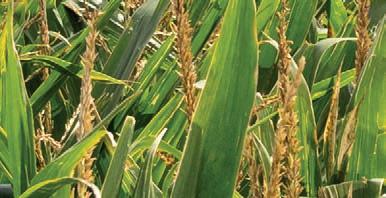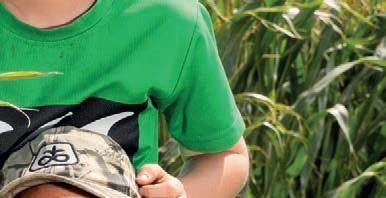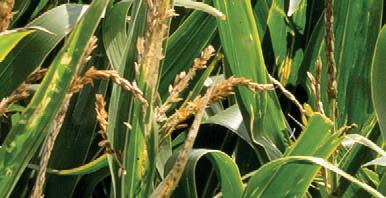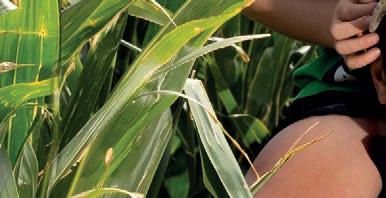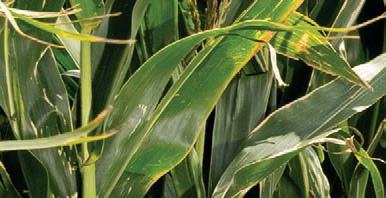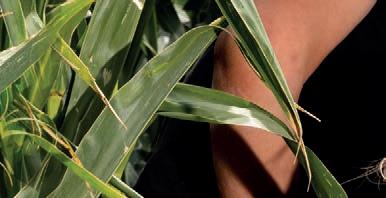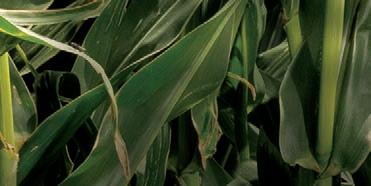
9 minute read
Special Report: Sustainability on NZ dairy
by AgriHQ
A different perspective
By Andre van Barneveld
Andre van Barneveld is a consultant who lived in Ireland for several years. He recently returned home and shares his thoughts on sustainable farming practices in New Zealand dairy farming.
Following seven years in Ireland, the last five working under my own Graise
Consultancy banner, it has been interesting to come back to NZ and travel around the North and South Islands looking at dairy farms/dairy businesses through different eyes than when I left.
I have been a little surprised at how much NZ has changed and how far removed the dairy industry is from where it was when I was sharemilking in the 90s, farm ownership in the early 2000s and even when I was consulting here in the late 2000s. Chemical nitrogen use was minimal, palm kernel was just starting to become available and 300kg
MS/cow was considered reasonable production.
Fast-forward 30 years and there has been a huge rise in nitrogen use, feeding 500 to 1000kg of palm kernel/cow is accepted practice, stocking rates have risen dramatically, but the two things that have not changed for many farms are that production is still below 350kg MS/cow on a large percentage of farms and profitability is pretty much static.
Dairy farming in NZ is driven by two factors: profit and regulation. Change is only considered if it will be more profitable or it is forced by regulations, mainly environmental. Much of the decision-making should be based on the direction the industry is moving in and we know that dairy farming will be governed by strict regulation around chemical nitrogen use, nitrate leaching and water quality, both in run-off as well as leached.
So looking ahead, the question is how to remain productive and profitable with reduced input/ environmental impact. I don’t want to discuss “regenerative farming” here, it is not something I believe is a necessary direction, it is promoted as a system at the expense of all other farming systems, which is not healthy dialogue/ perception to create. It is a system that risks leading to a reduction in output which the world cannot afford – any reduction in output in NZ will be compensated for by an increase in output elsewhere with much greater global environmental impact – and NZ soils are already bloody good, there is no need to “regenerate” soils, but we could do so with some finetuning.
I recently heard that NZ soils are storing an average of around 90 tonnes of carbon per hectare, whereas Australia is at around 35t/ha and US at 45t/ha – NZ dairy farms run at 100-300t/ha. This means “regenerative” doesn’t really apply here, but “sustainable” does.
Looking at the irrigated land, especially in Canterbury, it seems to me that soil quality has improved dramatically with the arrival of water, which initiated a large-scale conversion from cropping to dairy.
Why do we love our cows like they’re family? Because they are family
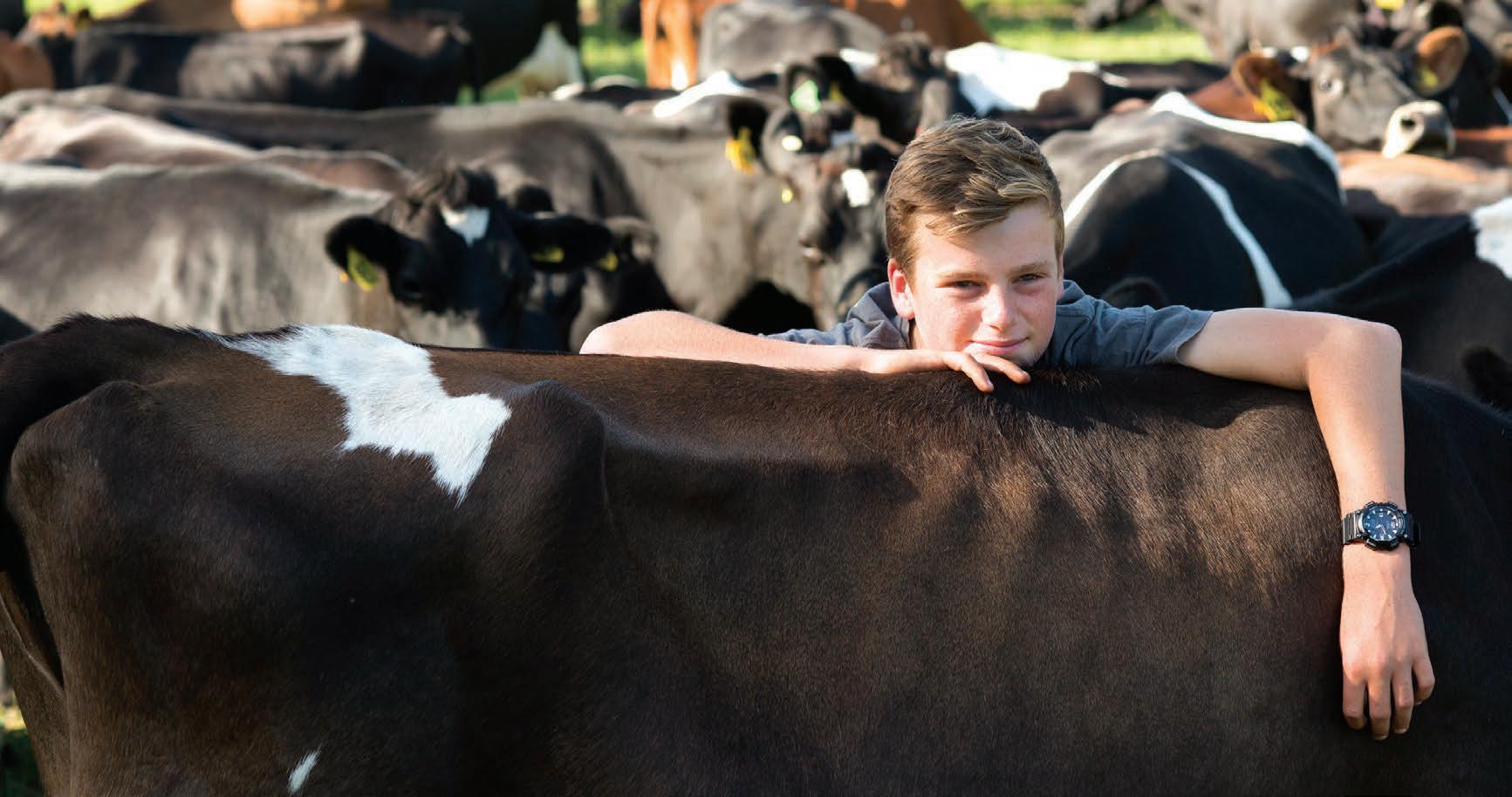
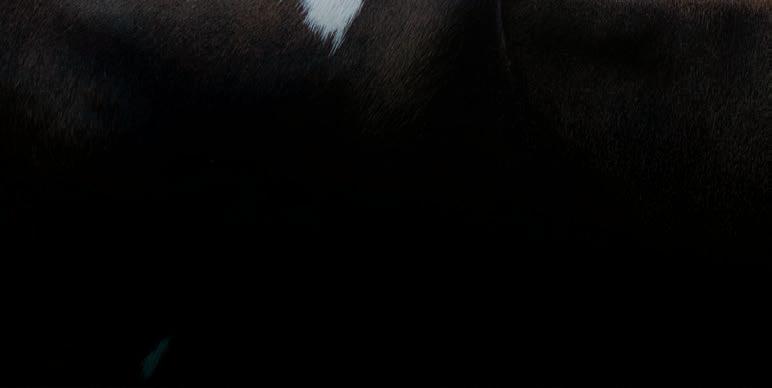
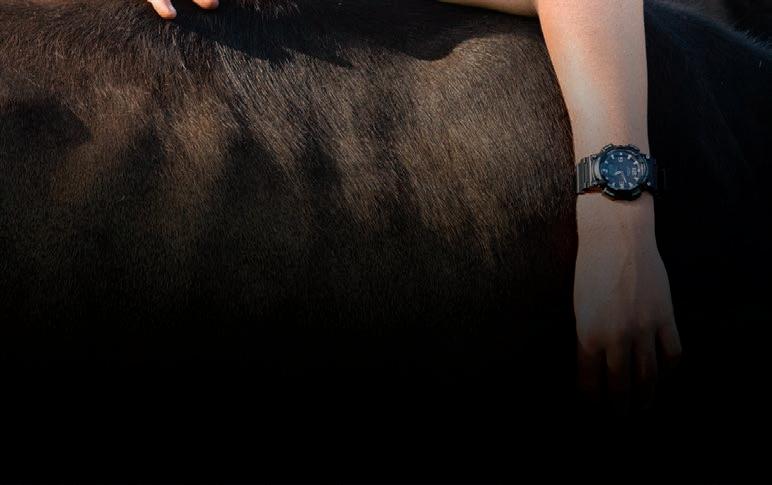
Treating your animals with respect and kindness is vital. To us, it’s how we farm. In fact, we aim to be world leading in animal care. Why? Because we’re dairy farmers and we rise to the challenge. And it’s in these moments we shine.
Riseandshine.nz

Andre van Barneveld of Graise Consultancy says there are plenty of opportunities for farmers to be sustainable.
Nothing erodes soil organic matter levels more than regular severe droughts and repeatedly tilling soils. These huge irrigated areas of land are now storing much higher carbon levels, are productive and sustain a much greater social network than before the arrival of water. The challenge going forward will be to do it with a reduction in chemical N use and by using water that would otherwise run into the ocean in surplus rather than impacting on lower river levels and groundwater reserves.
In non-irrigated areas, and I am especially looking at what is happening in the Wairarapa where I am living and looking to establish my consultancy business, the challenge is to achieve greater summer growth, lower imported feed reliance and to increase output per cow with reduced methane greenhouse gas (GHG) levels, mainly through reduced enteric fermentation.
Achieving the same production from less cows will achieve several factors; the first is economic. Before a cow produces one kilogram of milksolids, she requires around 2.2-2.4t of dry matter per year to, for example, live, walk, get back in calf and calve. Once she achieves her daily maintenance intake requirements, whatever she consumes is available for production and weight gain.
Therefore, if you reduce cow numbers from, say, 300 down to 250, you are not only releasing the feed eaten for production but also the feed eaten for maintenance, making that overall feed available to the remaining 250 cows, which have already accounted for their maintenance intakes, so the extra feed is all available for production/weight gain.
Of course it is not quite as simple as that but, in a nutshell, that is how it works. The question is around the ability of the remaining cows to consume the extra feed and how efficiently this can be achieved/converted to output. If at peak the 300 cows are currently being fed 16kg DM/ cow/day, then this is 4800kg DM/day total feed demand. This 4800 divided by 250 cows = 19.2kg DM/cow/day, so you would need a capacious, mature herd to achieve those intake levels. Even 18kg DM/ cow intakes would provide sufficient energy intake levels to produce 2.2+kg MS/ cow – assuming 12-12.5MJME/ kg DM – and it would mean


Trials show a mixed species crops such as plantain and clovers grow well and could provide greater security around summer feed and protein intake requirements.
achieving 250 X 420+kg MS/ cow, which would be much more profitable than 300 X 350kg MS for the same total production.
The other angle is the GHG emissions. I would hope that these will be calculated as a base kilogram GHG/ cow, plus total feed in the system to achieve output. Right now it looks like it may be on a simple basis of feed consumed in the overall system but again, it has to be more efficient to consume that same volume of feed with 250 cows than 300 cows with lower GHG emissions, I hope submissions to the model will ensure this is calculated accurately.
The above will then also have a huge influence on dry period feed requirements and FWE that tend to come more on a per/cow rather than per/ ha basis, for example, vet, electricity, labour and grazing.
Looking at the other issue non-irrigated land has, the reduction in summer growth rates and impact of dry periods on soil organic matter (OM) levels, carbon storage capacity, which all combines to impact on system resilience and sustainability, I see massive opportunity to get away from the perennial ryegrass/clover swards that are still dominant.
I have been working with many farmers in Ireland and the UK with varying climate and soil types growing different mixes of plant varieties in “conventional” systems – high digestibility grazing systems on 18-25 day rotation lengths – and have run trials in Ireland and the UK on introducing mixed species into existing swards and using foliar urea plus humates versus granular urea, with mixed results, but more clarity around what works and what doesn’t.
Monitoring performance on the mixed swards versus PRG pasture has left me in no doubt that the mixed species have massive opportunity to improve profitability, with many added benefits around animal and soil health.
I attended a plantain open day on a dry Wairarapa farm recently and was astounded at how poorly attended it was; less than 10 farmers showed up to what I felt was an interesting day to look at a different way of doing things. Maybe it is because it is seen to be driven by the “lower your nitrate leaching in the urine patch” pressure rather than the “opportunity to improve profitability” message, which I strongly feel it should be driven by?
What we saw was paddocks that were sowed at 8kg plantain, 2kg white and 2kg red clover seed/ha in spring now (in summer dry spell) growing at 60+kg DM/ha/day, when the rest of the milking platform was growing at 20kg DM/ha/day, with zero N input for the last three rotations. In this case the farmer was using it like a crop, break feeding the cows through it every 25-30 days and was then planning to drill some perennial ryegrass into it when it rains and leave it in to continue as a normal rotation paddock for autumn and into next season.
There is no doubt in my mind that this is an area with so much opportunity, with a greater proportion of milking platform growing more mixed species, including chicory, plantain, and a few different clover varieties at minimum, it would mean much greater security around summer feed and protein intake requirements, with reduced chemical nitrogen reliance (the air we breathe is 78% nitrogen, legumes allow us to efficiently mobilise this to be plant available), less nitrate leaching, improved rumen efficiency and health resulting in lower GHG emissions. With the right mix to suit every individual farm soil type/ rainfall/feed demand scenario, it would reduce imported feed requirements, improve output and overall profitability with greatly improved environmental impact/ compliance. n
MORE:
Andre van Barneveld operates Graise Consultancy which helps farmers to look at opportunities and targets, and gives advice on how to achieve greater profitability to fit in with your own goals.





